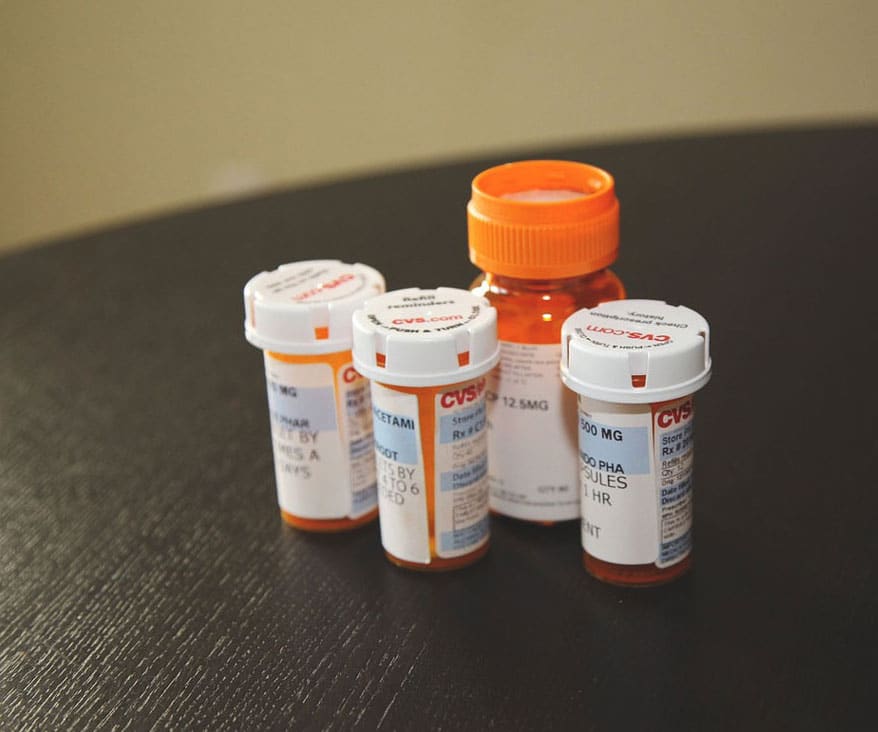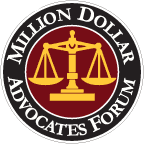Contact Hensley Legal Group today for a free conversation about your personal injury claim.
Suffering From a
Prescription Mistake
Indiana Personal Injury Lawyers
on Your Side
John Hensley and his team of Indiana personal injury lawyers represent victims of prescription mistakes across the state of Indiana. If you’ve suffered an injury or illness due to a prescription mistake, Hensley Legal Group can help.
It may be difficult to determine who should be held responsible for your injury or illness. Your doctor may have diagnosed you correctly and prescribed the correct medication, but the pharmacist may have filled your prescription incorrectly. On the other hand, your pharmacist may be an innocent bystander filling a prescription that the doctor incorrectly ordered.
People can be careless no matter what their job is. It’s important to remember that pharmacists are people too, and that specific conditions may contribute to their carelessness, including:
- Understaffed pharmacies
- Twelve-hour shifts
Understaffed pharmacies and twelve-hour shifts may lead to:
- No bathroom breaks
- No meal breaks
- Fatigue
Pharmacists are people, and when pharmacies force their employees to work dangerously long hours and stay busy to the point that they cannot find time for breaks, accidents are more likely to occur. In these situations, the pharmacy or hospital may be held responsible for your injury or illness.
“But Doesn’t Everyone Make Mistakes?”
We trust doctors to properly diagnose us. We trust pharmacists to give us the correct medication prescribed by the doctor. Prescription mistakes break that trust.
Yes, everyone makes mistakes. But those in the medical field are held to a higher standard. When medical professionals make mistakes, lives are on the line.
Procedures and processes exist to minimize the likelihood of these mistakes. If medical professionals ignore these safety precautions, you could be entitled to compensation. Hensley Legal Group is here to help.
Common Prescription Mistakes

It’s estimated that between one and five percent of prescriptions filled in U.S. pharmacies involve some kind of error. The four most common types of prescription mistakes include:
- Wrong drug quantity (40 percent)
- Wrong duration of drug treatment (21 percent)
- Wrong dosing directions (19 percent)
- Wrong dosage formula (11 percent)
Many medications are spelled similarly or sound similar. When arranged alphabetically, it can be easy for pharmacists to grab the wrong drug. One common prescription mix-up is between a drug for kids with ADHD and a drug for heroin addicts. The ADHD drug is methylphenidate, and the drug for heroin is methadone.
Another common prescription mistake is failing to account for the interaction between multiple drugs in a patient’s body. Many Americans are on more than one medication, and it’s important that interactions between multiple drugs don’t cause dangerous side effects that harm the patient.
A Risk-free Guarantee
from your Indiana Personal Injury Attorneys
If you’re struggling with an unexpected illness or injury after a prescription mistake, your focus should be on your health. You shouldn’t have to worry about paying expensive, upfront fees for attorneys who may or may not get you the compensation you deserve.
That’s one reason why Hensley Legal Group offers a risk-free guarantee to our clients. We work on contingency, which means we work for free unless we recover compensation for you. If you don’t get a settlement or award, you don’t owe us a single penny.
Available 24/7
Free Case Review
You won’t pay any fees until we win your case.
It’s easy - you can:







